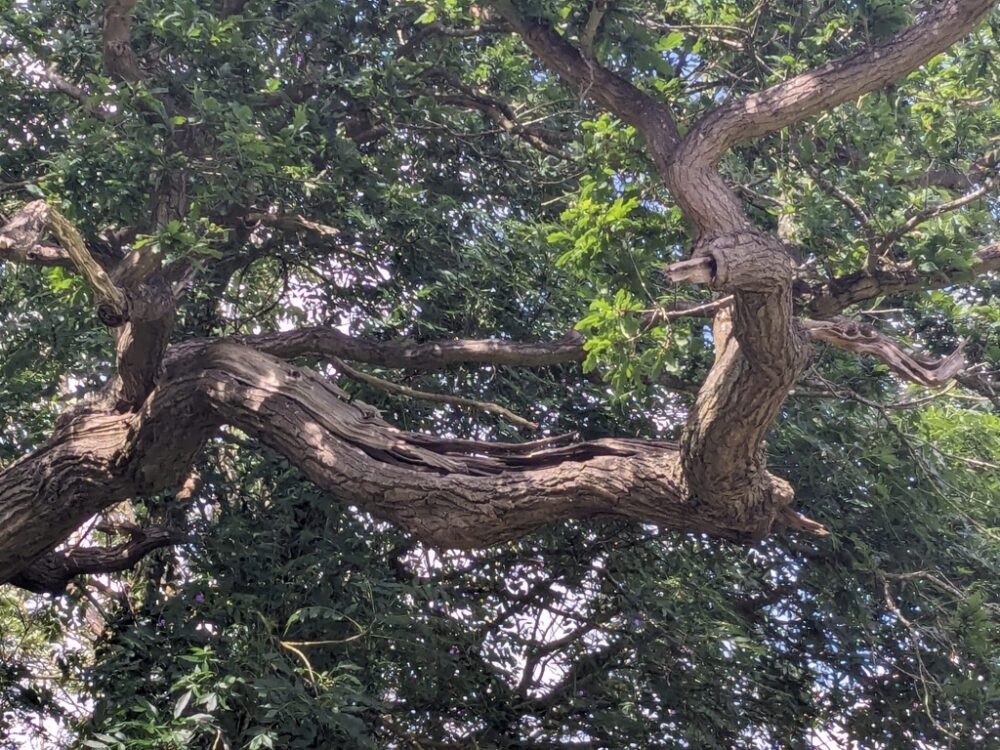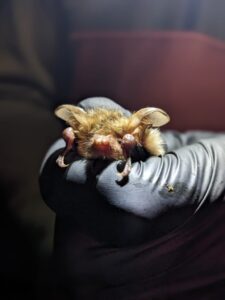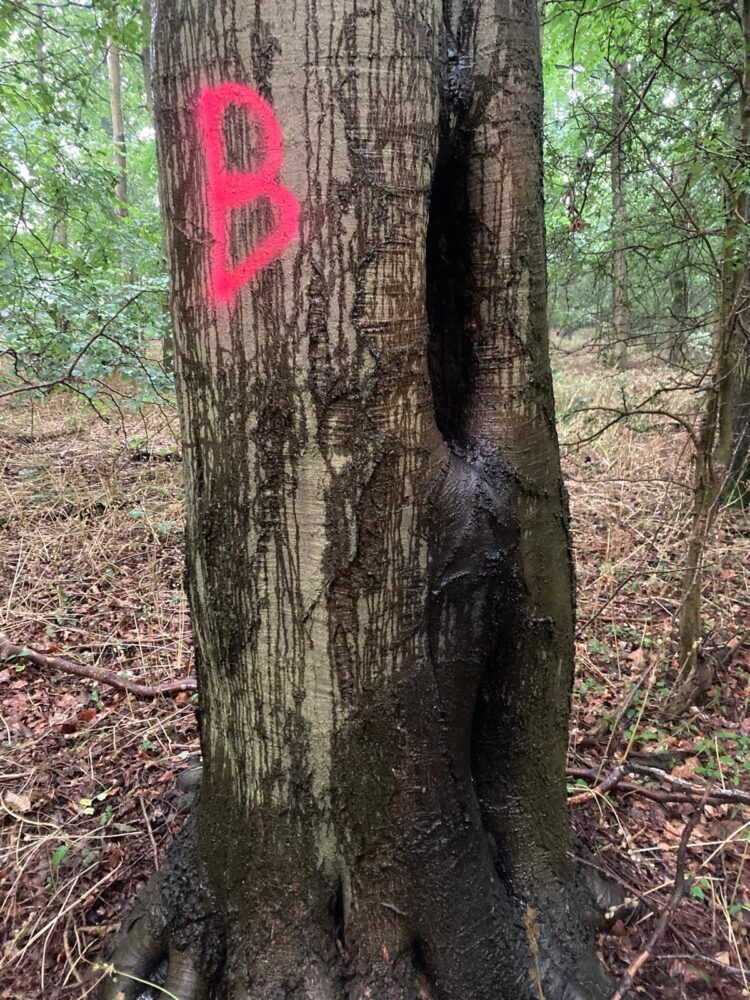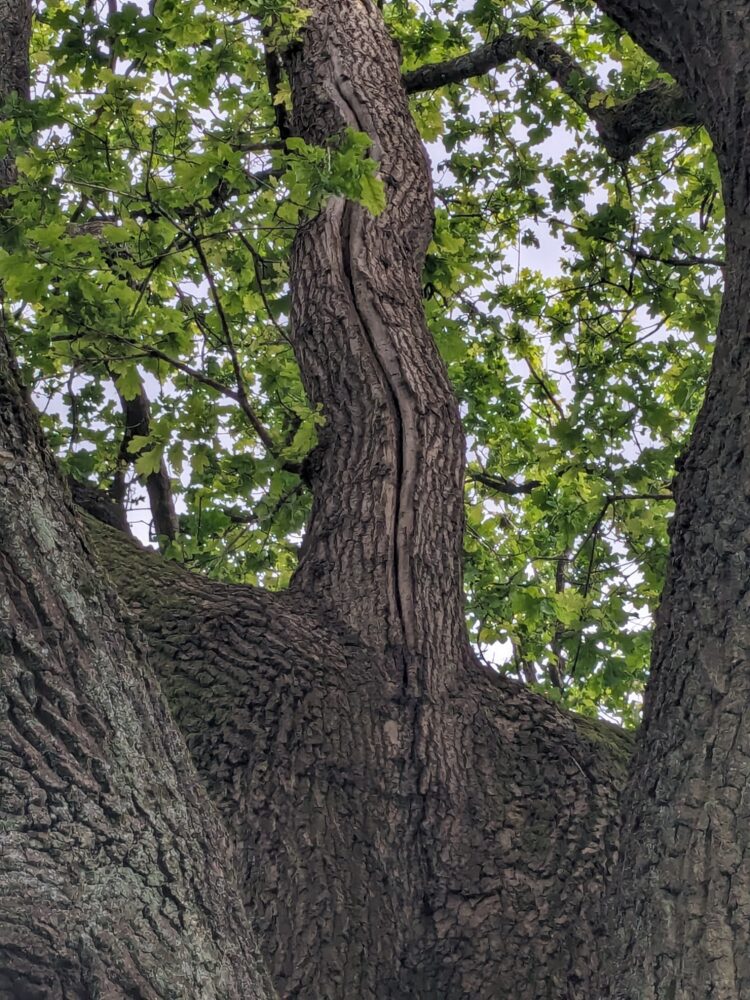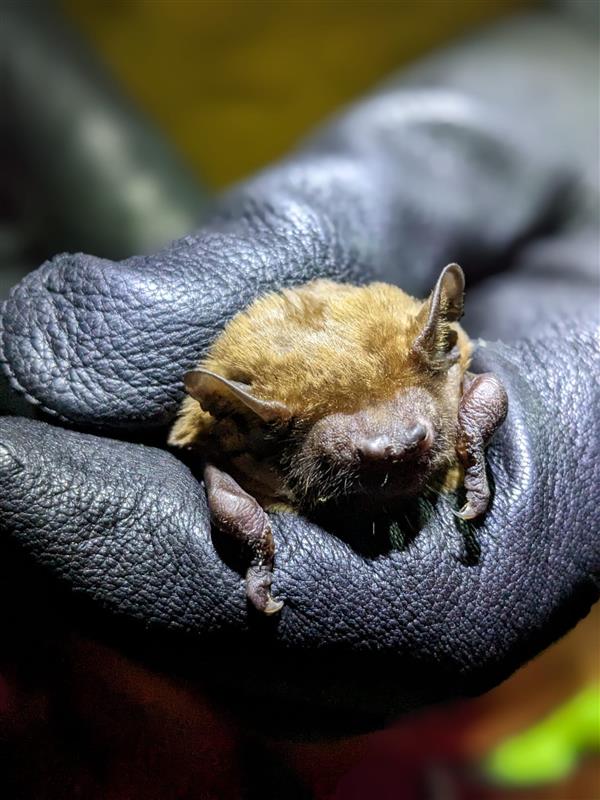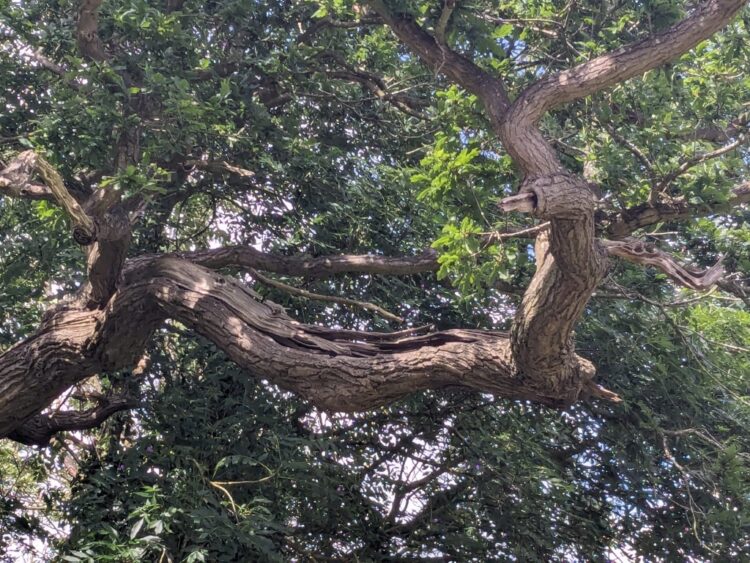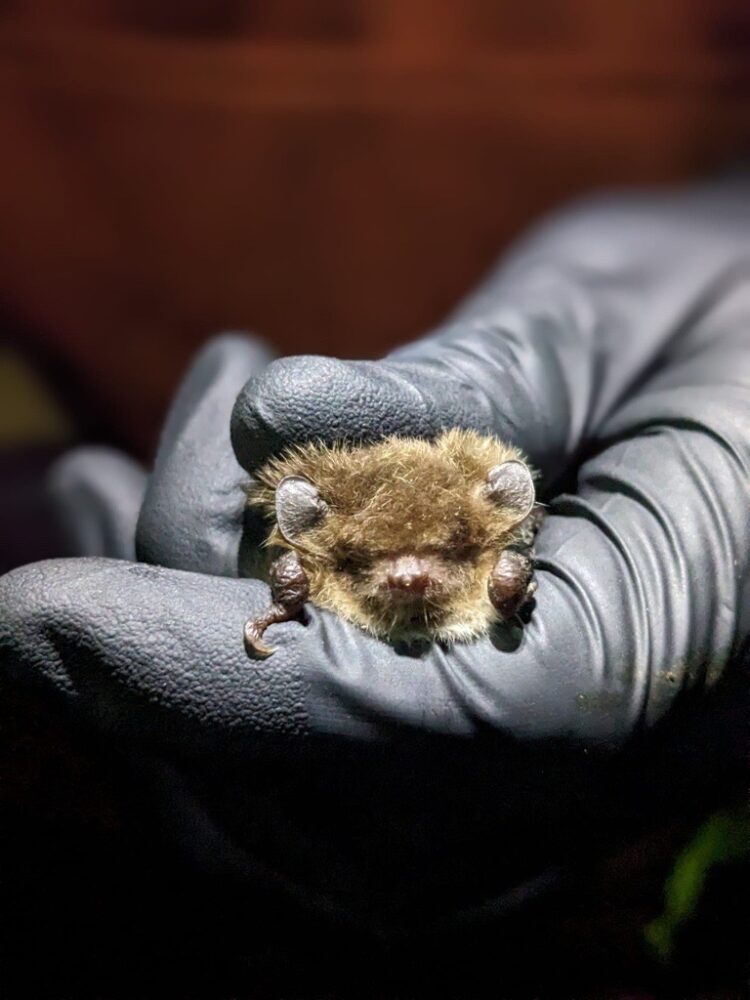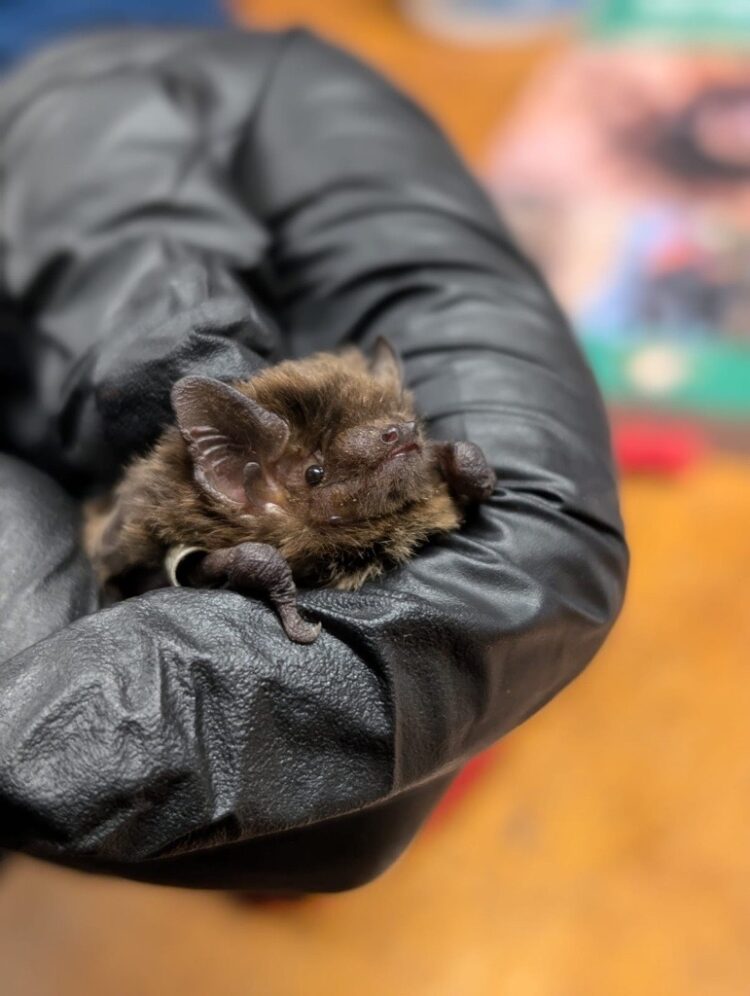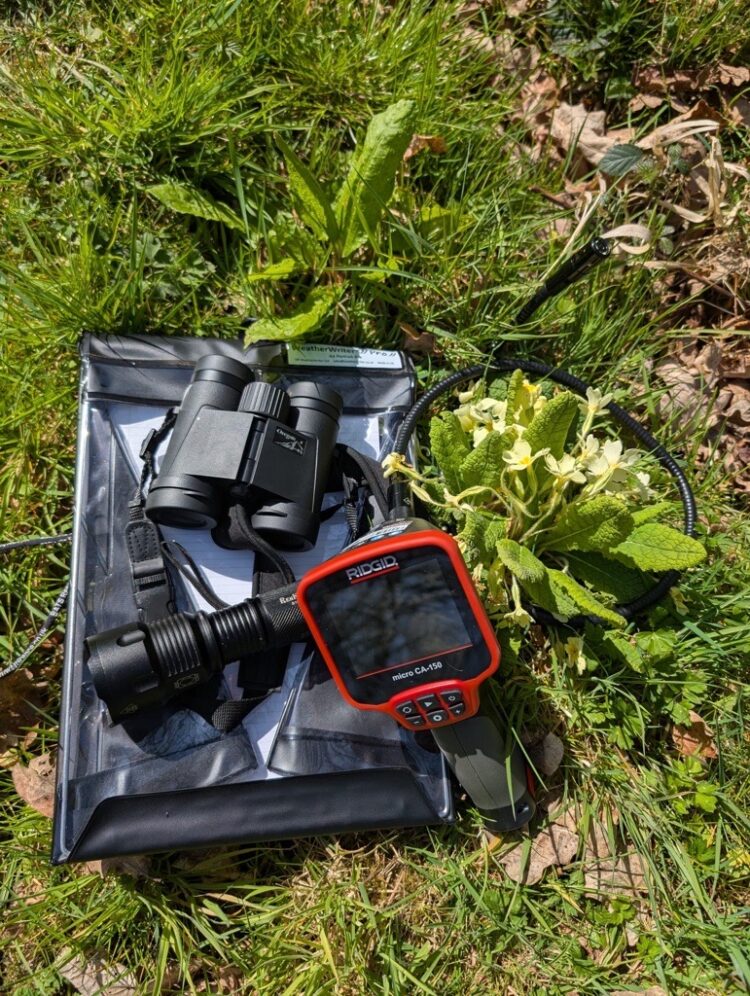The UK is home to 18 unique bat species, each protected under the Wildlife and Countryside Act 1981 (WCA). This important legislation safeguards bats and their roosts—any structures or sites they use for shelter—from disturbance, damage, and destruction.
Understanding Bat Habitats and Roosting Preferences
Bats utilise diverse habitats, including buildings, underground sites, and particularly trees, for roosting. Around 75% of UK bat species prefer roosting in trees, using cavities and crevices created by natural decay, weather damage, or other wildlife such as squirrels and woodpeckers. These specific tree features, known as Potential Roosting Features (PRFs), are crucial for bats and are identified during ecological site surveys.
Protecting Bats During Forest Operations
Forest Managers have a critical role in bat conservation, especially during activities such as large-scale harvesting and tree surgery. Conducting ecological site assessments before any forestry work begins helps establish an ecological baseline and reduces the risk of disturbing bats. While general identification of PRFs can be performed by anyone, closer inspection using artificial lights and endoscopes requires an expert with an issued class licence. Licensed ecologists inspect these features internally for bat presence and suitability, advising forest managers on appropriate next steps or necessary licensing with authorities.
Effective Forest Management Techniques for Bat Conservation
Forest management strategies that support bat conservation include:
- Habitat Creation: Techniques such as early veteranisation involve intentionally wounding trees to promote cavity formation beneficial to bats.
- Natural Reserves: Maintaining minimally disturbed reserves with structural diversity and strong habitat connectivity.
- Deadwood and Veteran Tree Preservation: Retaining standing dead trees and veteran trees offers essential roosting and foraging habitats.
Importance of Bats in Woodland Ecosystems
Bats significantly enhance woodland biodiversity and ecosystem health by pollinating plants, dispersing seeds, and naturally controlling insect populations. Healthy bat populations indicate robust and resilient ecosystems, vital for the long-term sustainability of our woodlands.
As a licensed Forest Manager dedicated to conservation, I’m passionate about protecting these often-overlooked creatures. Celebrating International Bat Appreciation Day highlights our commitment to bat conservation, promoting awareness, and supporting sustainable forest management practices that benefit both bats and biodiversity for generations to come.



